Architectural innovators
CeramicA311 uses an international technique to beautify Kootenay homes
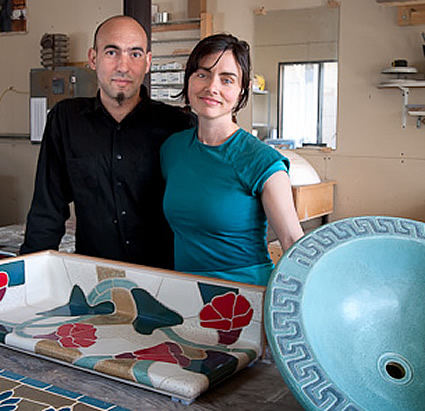
Raffo and Lynch work meticulously, and it shows in their final products. —
Photo by Jeremy Addington photo
When Sergio Raffo and Kiara Lynch met at an international ceramics workshop at the University of Havana in Cuba, they could never have guessed where their talents would lead them. Raffo was a professor of ceramics at the time, and Lynch was pursuing her studies in the fine arts. When these two creative minds got together, the ideas started to flow, and they contemplated applying ceramics to architecture.
A few years passed, with Raffo working as an artist-in-residence at the University of Concordia in Montreal, Quebec, and Lynch finishing her degree. Finally, the two ventured back to the Kootenays where Lynch grew up, and began incorporating local clay and minerals into their ceramic work. With this combination of talents, an intriguing business opportunity emerged, and CeramicA311 was formed at 311 D Avenue in Kaslo, B.C.
“CeramicA311 fuses art with utility,” said Lynch. “It consists of the design, manufacture and installation of architectural ceramics, involving the one-of-a-kind construction of functional elements out of clay for homes, buildings and gardens. We make custom fireplace surrounds, countertops, door and window frames, wall and floor mosaics, basins, fountains, etc.”
More than just tile work, these creations are three-dimensional sculpted forms that make CeramicA311 a unique company in this region.
“We take advantage of the versatility of ceramic material and apply it directly to architecture with the intention of making art more a part of the experience of everyday life,” said Lynch. “The works of CeramicA311 are exclusive, so each finished project is completely unique. We are the only architectural ceramics studio in the Kootenays (and one of a very few in North America) that does three-dimensional installation work.”
Dispelling myths and educating buyers Raffo and Lynch agree that the biggest obstacle to overcome is educating North American buyers about the nature of their art, and the advantages of using ceramics in architecture. Ceramics are more widely used in other cultures, and CeramicA311 is bringing that innovative material some well-deserved popularity in the Kootenays.
“We have found that the people who have become most interested in our work are those who have seen one of our finished ceramic installations in person or have been to our studio,” said Lynch. “In our studio they can see the way we cut the wet clay slabs into almost any shape or design desired and really understand the process.”
A common misconception is that ceramic architecture is inherently expensive. However, there are many different styles and customizations that can be affordable even on a limited budget.
“The most rewarding aspect of our work is most definitely the opportunity to be able to spend our working time doing something we enjoy,” said Lynch, and Raffo agreed. “We believe that we produce a product, which makes any space truly beautiful and unique, while at the same time takes advantage of the notable environmental benefits that clay products offer. ”
They outlined some advantages of ceramic products:
- Ceramic materials are abundant, and they can be found in innumerable varieties throughout the Kootenays.
- Ceramic materials are non-toxic, natural and biodegradable.
- Because of their plasticity, ceramic materials permit a freedom of styles and forms not possible to other materials used in construction.
- Ceramic materials are non-flammable and resistant to chemical products. Unlike wood or metal they do not need maintenance, as they do not rust or scratch.
For more information on the process, call (250) 353-2832.

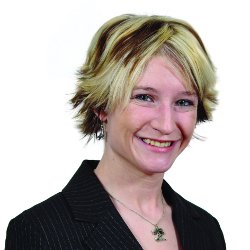
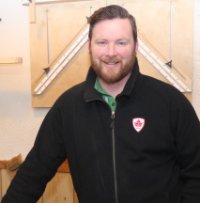
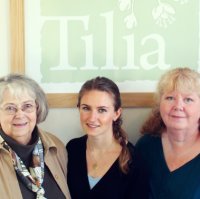
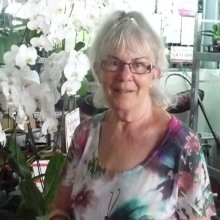

Comments